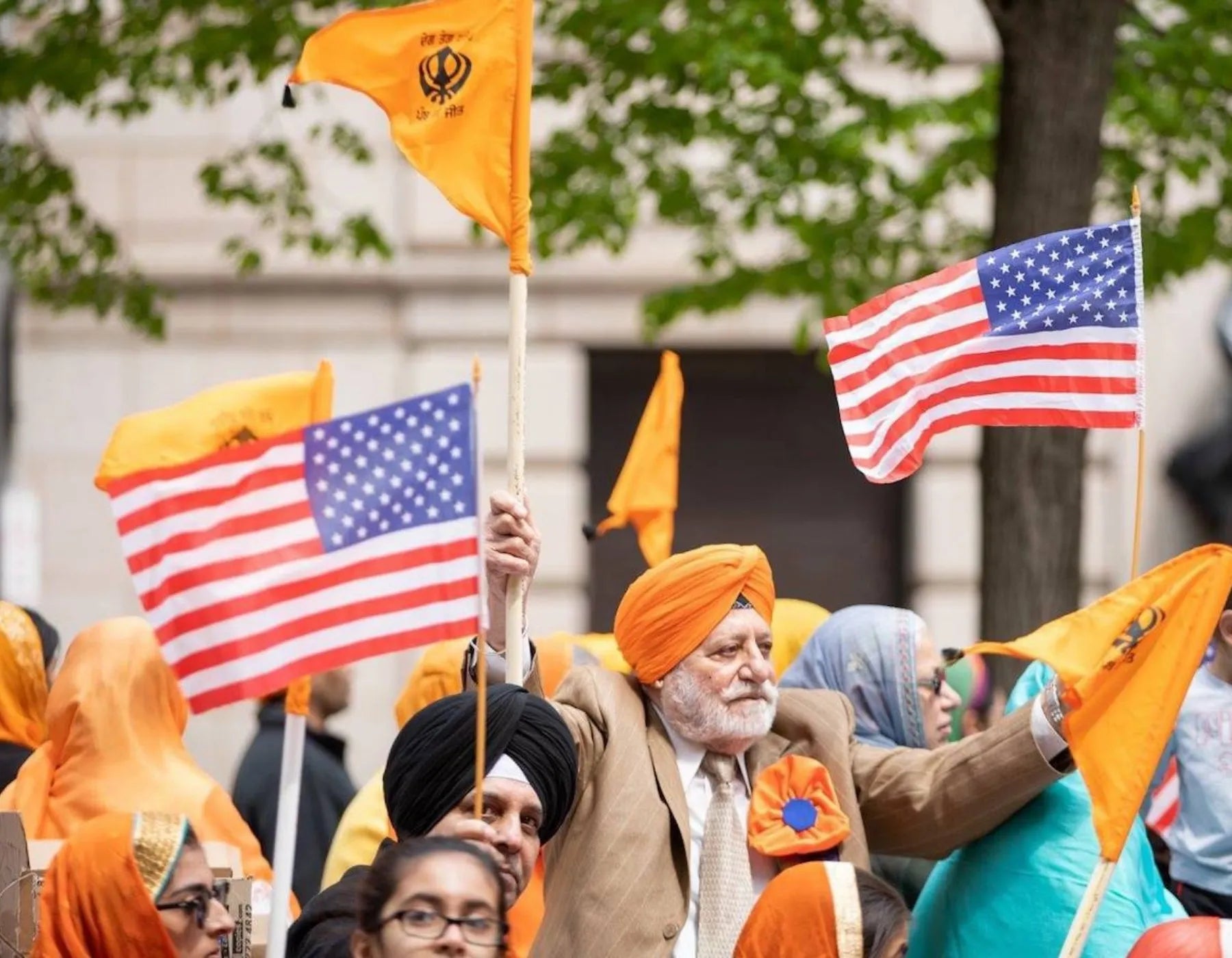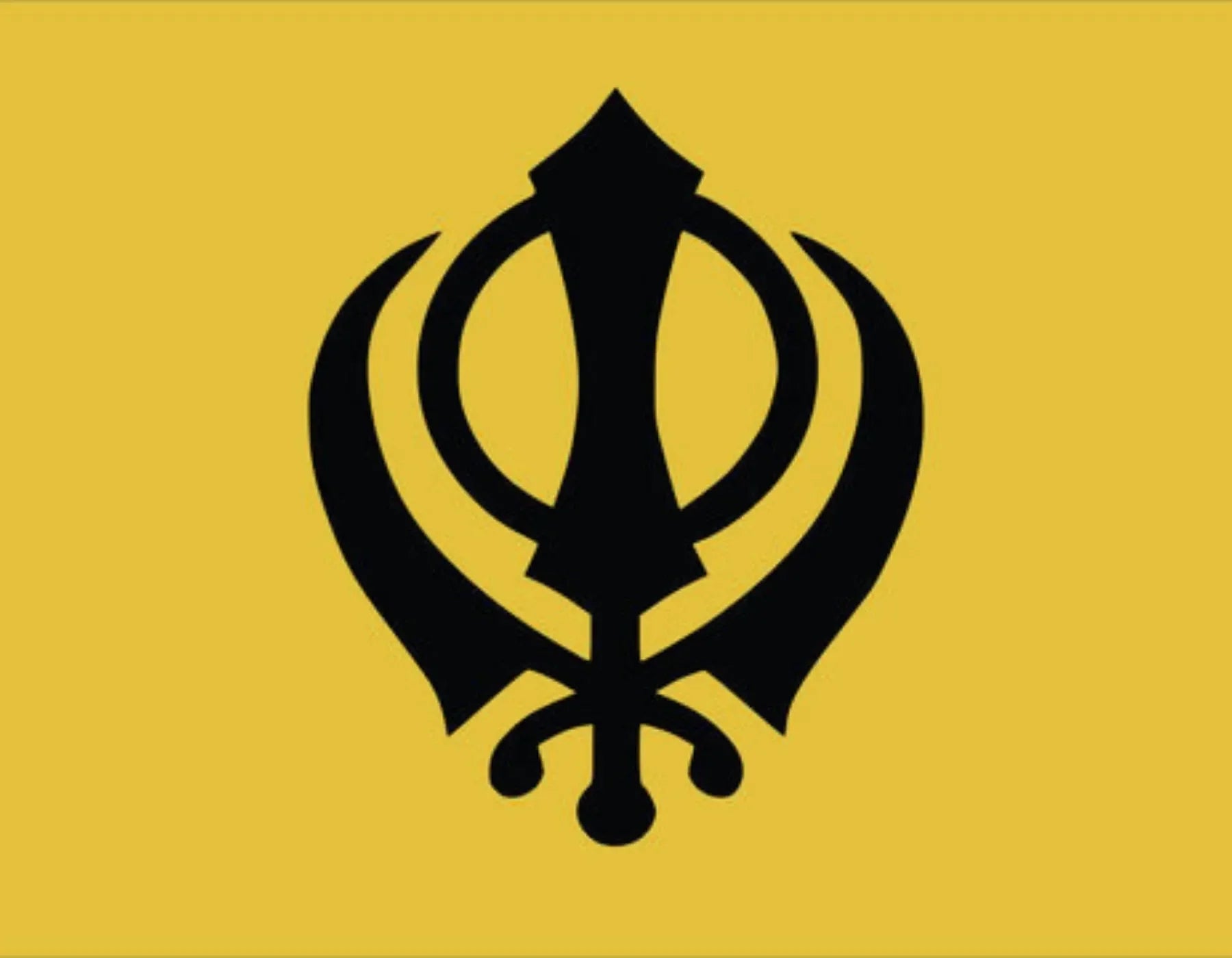
Modern Punjabis Are Reclaiming Their Roots—Here’s How
In a fast-paced globalized world, Punjabis across the globe are engaging in a cultural resurgence. No longer content with letting their heritage fade into the background, a new wave of young, modern Punjabis is embracing the traditions, language, and values of their ancestors. From the fashion they wear to the music they stream, modern Punjabis are actively reclaiming their roots—and doing it with pride.
Embracing the Punjabi Language in Daily Life
One of the strongest pillars of cultural identity is language. Among diaspora communities, Punjabi had started to lose its daily relevance, especially with second and third-generation children favoring English. Today, however, there's a noticeable shift.
Young Punjabis are re-learning Gurmukhi, teaching it to their children, and incorporating Punjabi phrases into everyday conversation. Apps, online tutors, and YouTube content creators are helping bridge the gap. Platforms like PunjabiPod101 and Learn Gurmukhi are experiencing rising traffic as youth seek to not just understand, but speak Punjabi fluently again.

Fashion as a Form of Cultural Pride
Punjabi-inspired fashion has seen a dramatic evolution. It's no longer reserved for weddings or traditional events. Brands like Pind Block, 267Punjabi, and Tilla The Label are fusing traditional silhouettes with modern aesthetics. From tees that proudly display the words “Kaur”, “Singh”, or “Majha/Malwa/Doaba” to vibrant phulkari jackets worn over jeans—Punjabi culture is literally being worn on the sleeves.
This resurgence isn’t just aesthetic—it’s political and emotional. It represents a resistance to assimilation and a proud stand for identity in the West.
Music: A Cultural Bridge That Never Broke
Even when language use declined, Punjabi music never lost its grip. What’s changing now is the depth of engagement. Modern artists like AP Dhillon, Sidhu Moosewala (RIP), Karan Aujla, and Diljit Dosanjh have not only kept the genre alive but propelled it into mainstream pop culture.
But this isn't just about chart-topping hits. Younger fans are now diving into folk traditions, discovering legends like Surinder Kaur, Gurdas Maan, and Kuldeep Manak. Punjabi music has become more than entertainment—it’s a portal to cultural memory.
Reviving Traditional Cuisine in Contemporary Kitchens
Food has always been central to Punjabi life. But modern Punjabis are going beyond restaurant butter chicken and home-cooked saag—they’re rediscovering regional specialties, long-forgotten recipes, and Ayurvedic dietary traditions from Punjab.
Food influencers on Instagram and TikTok are showing audiences how to cook panjiri, makki di roti, sarson da saag, gud wali chai, and even traditional pickling techniques. Many are combining old-world knowledge with contemporary wellness trends—like incorporating turmeric lattes (haldi doodh) or ghee-based cooking into daily life.

Pilgrimage and Cultural Tourism
Thousands of diasporic Punjabis are visiting Punjab not just to visit relatives—but to reconnect with land and legacy. Young adults are participating in langar seva at the Golden Temple, exploring ancestral villages, and even taking farming experiences in places like Malwa and Majha.
There is also a rise in interest in Sikh history tours, such as trips to Anandpur Sahib, Fatehgarh Sahib, and sites connected to the Gurus’ legacy. Many are also visiting partition museums in Amritsar and Lahore to understand their family's history of displacement and survival.
Sikh Values Driving Social Action
Young Punjabis are returning to core Sikh values—seva (service), equality, and justice—and applying them to modern social movements. From community fridges to protest marches, Sikh youth are using activism as a form of religious expression.
Movements like the Farmer’s Protest (2020-2021) highlighted the power of global Punjabi solidarity. Whether it’s feeding the homeless in California or raising funds for flood victims in Punjab, the Sikh spirit of sarbat da bhala is thriving in Gen Z and millennials.

Social Media as a Cultural Archive
Platforms like Instagram, YouTube, and TikTok have become tools for cultural documentation and expression. Pages such as @thekaurmovement, @punjabireelsdaily, and @pind.block share everything from folk stories and village humor to fashion, language lessons, and reels honoring mothers, grandmothers, and everyday Punjabi life.
Social media has become a digital pind (village), keeping young Punjabis connected to each other—and their roots.
Interfaith & Intersectional Punjabi Identity
Modern Punjabis are also breaking down rigid boundaries of caste, gender roles, and religion. Many are proudly embracing interfaith relationships, LGBTQ+ Punjabi identities, and a version of culture that’s inclusive, not restricted.
By organizing events like Brown Girl Fest, Queer Desi meetups, and Dalit-led Punjabi art collectives, the younger generation is creating a more honest, expansive version of Punjabi identity—one that reflects both its glorious past and inclusive future.
Preserving Folk Art, Poetry & Oral Traditions
Beyond pop music and food, modern Punjabis are working to preserve folk arts like giddha, bhangra, tappay, boliyan, and sufi poetry. Community centers and digital archives are preserving oral histories from village elders and migrant families.
Initiatives like the Punjabi Digital Archive, South Asian Histories for All, and The Partition Archive are recording real stories—from the lips of grandparents to digital eternity. These efforts make sure our stories are never forgotten.

A Global Punjabi Renaissance
What we’re witnessing is nothing short of a Punjabi renaissance. In Canada, the U.K., the U.S., and even in Australia, a global network of young Punjabis is rising—rooted, radical, and ready to carry their heritage into the future.
They’re not simply celebrating Punjabi culture—they’re shaping what it becomes next. They’re rejecting stereotypes, restoring legacy, and proudly saying: “We are Punjabi, and we always will be.”


